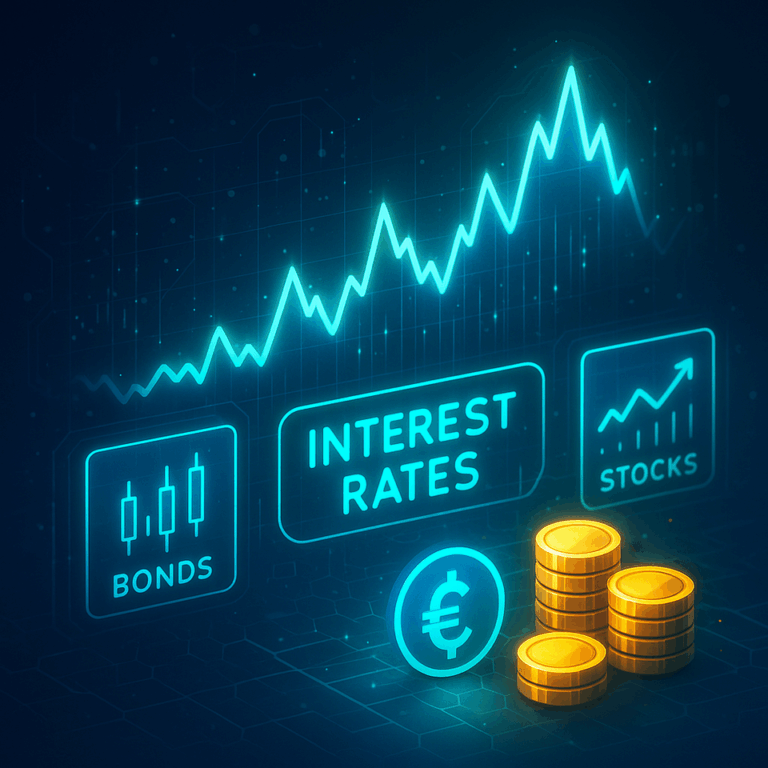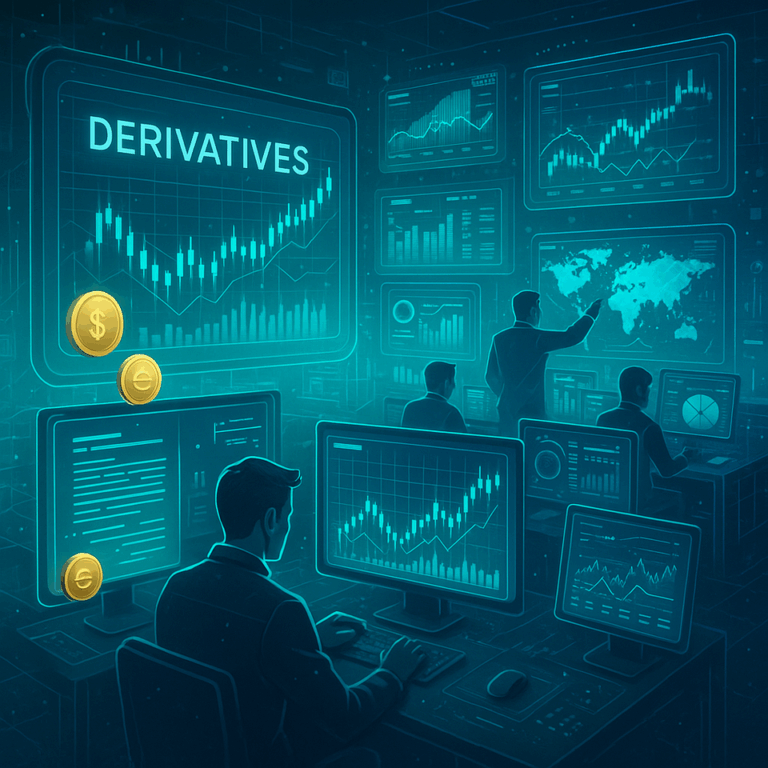In 2025, inflation remains one of the most influential forces shaping the global economy and personal finance. After years of economic fluctuations and recovery cycles, many countries have stabilized price growth, yet the long-term effects of past inflationary pressures continue to redefine consumer behavior, financial planning, and market confidence.
Inflation, the gradual rise in the general price level of goods and services, affects everyone—from households managing monthly budgets to corporations forecasting production costs. While moderate inflation signals a healthy economy, sustained or volatile price increases can erode purchasing power and reshape financial priorities.
Today, understanding inflation’s impact on personal finance has become essential for individuals seeking stability, whether they are managing savings, paying off debt, or planning for future investments.
The Drivers of Inflation in 2025
The current economic environment is shaped by a combination of structural and cyclical factors that influence inflation globally.
Supply Chain Adjustments and Production Costs
After the disruptions of the early 2020s, global supply chains have largely recovered but remain more localized and resilient. However, higher production costs—due to energy transitions, logistics challenges, and wage growth—continue to contribute to moderate price increases.
Technological Transformation
Automation, digitalization, and artificial intelligence are increasing productivity but also changing the cost dynamics of industries. While technology reduces some operational expenses, it simultaneously raises demand for high-skilled labor and energy resources, influencing wage structures and consumer prices.
Energy and Sustainability Factors
The global push toward renewable energy and sustainable production has led to higher short-term costs. Governments are investing heavily in green transitions, but the restructuring of the energy market contributes to ongoing price adjustments in sectors such as transportation, manufacturing, and agriculture.
Monetary and Fiscal Policies
Central banks in 2025 maintain more cautious monetary policies compared to the previous decade. Interest rates have settled at moderate levels—high enough to control inflation but low enough to encourage growth. Fiscal discipline and targeted stimulus measures remain essential to keeping inflation expectations stable.
How Inflation Affects Personal Finance
Inflation impacts personal finances in multiple ways, influencing both short-term spending and long-term wealth accumulation.
Decline in Purchasing Power
As prices rise, the same amount of money buys fewer goods and services. For households, this means adjusting budgets, prioritizing essentials, and finding ways to preserve real income through smarter consumption habits and efficient financial planning.
Savings and Investments
Inflation diminishes the real value of money over time, making traditional savings accounts less effective. In 2025, individuals are focusing more on inflation-resistant assets such as bonds indexed to inflation, diversified investment portfolios, and real estate holdings that maintain value over the long term.
Debt and Interest Rates
While moderate inflation can reduce the real value of fixed-rate debt, higher interest rates on new loans or credit cards can increase borrowing costs. Responsible debt management and refinancing at favorable rates have become essential strategies for maintaining financial balance.
Wages and Employment
Labor markets have adjusted to inflation through gradual wage increases, especially in technology, healthcare, and renewable energy sectors. However, wage growth has not been uniform, leaving some workers facing ongoing cost pressures. Continuous education and skills development are increasingly seen as tools to maintain income stability.
Adapting Financial Strategies in 2025
Consumers and investors are adopting practical strategies to protect and grow their finances in this inflation-aware era.
Diversified Portfolios
A balanced portfolio remains the cornerstone of financial resilience. In 2025, individuals are allocating assets across equities, inflation-linked bonds, real estate, and diversified funds to offset price volatility. This approach helps safeguard wealth while capturing long-term growth opportunities.
Focus on Real Assets
Real assets—such as property, commodities, and infrastructure—tend to perform better during inflationary periods. These tangible investments provide a hedge against currency depreciation and offer stability when financial markets fluctuate.
Automation and Budgeting Tools
Digital finance tools and AI-driven budgeting apps have made personal finance management more efficient. These technologies provide real-time expense tracking, automated saving features, and predictive insights to help users adapt to changing economic conditions.
Emergency Funds and Liquidity
Maintaining accessible liquidity is vital. Experts recommend keeping three to six months’ worth of expenses in easily accessible accounts, ensuring flexibility during economic uncertainty. In 2025, many digital banks offer high-yield, low-risk savings options to maintain short-term security without sacrificing returns.
The Broader Social and Economic Implications
Inflation doesn’t only affect individuals—it reshapes economies and social behavior.
Shifts in Consumer Habits
Rising prices have encouraged consumers to prioritize value, sustainability, and long-term product quality over luxury and excess consumption. This shift is influencing industries from retail to transportation, driving demand for durable, eco-conscious products.
Impact on Housing and Real Estate
Housing remains a key inflation-sensitive sector. In 2025, mortgage rates have stabilized after years of fluctuation, but housing prices remain high in urban centers. Many individuals are exploring co-living, remote work relocation, and fractional property ownership as adaptive solutions.
Generational Perspectives
Younger generations, having grown up during inflationary and digital revolutions, are adopting more dynamic approaches to finance—favoring flexible income sources, investment education, and tech-driven solutions. Older generations, meanwhile, are focusing on preserving wealth and ensuring retirement stability amid rising costs.
The Role of Financial Education
Financial literacy is more important than ever in an inflation-conscious world. Understanding how inflation interacts with savings, debt, and investments allows individuals to make informed decisions that sustain long-term security.
In 2025, online financial education programs, interactive learning apps, and AI advisors are empowering users to develop personalized strategies. Knowledge is becoming a key defense against economic uncertainty, ensuring people can adapt proactively rather than reactively.
Looking Ahead: The Future of Inflation and Financial Resilience
The long-term outlook for inflation remains cautiously optimistic. Economies are moving toward equilibrium as supply chains strengthen and monetary policies stabilize. However, structural changes—such as climate initiatives, demographic shifts, and digital finance integration—will continue to influence price dynamics.
Individuals who remain adaptable, informed, and strategic in their financial planning are best positioned to navigate future economic shifts. The focus for 2025 and beyond is not simply avoiding inflation’s effects but leveraging economic transformation to build sustainable financial security.
Conclusions
Inflation in 2025 serves as both a challenge and a lesson in adaptability. While it continues to influence global markets and household finances, it has also driven innovation in financial planning, technology, and consumer behavior.
By focusing on diversification, informed decision-making, and proactive management, individuals can transform inflation from a financial threat into an opportunity for growth.
The key to long-term resilience lies in understanding economic cycles, maintaining disciplined habits, and embracing technological tools that empower smarter financial management in a rapidly changing world.







